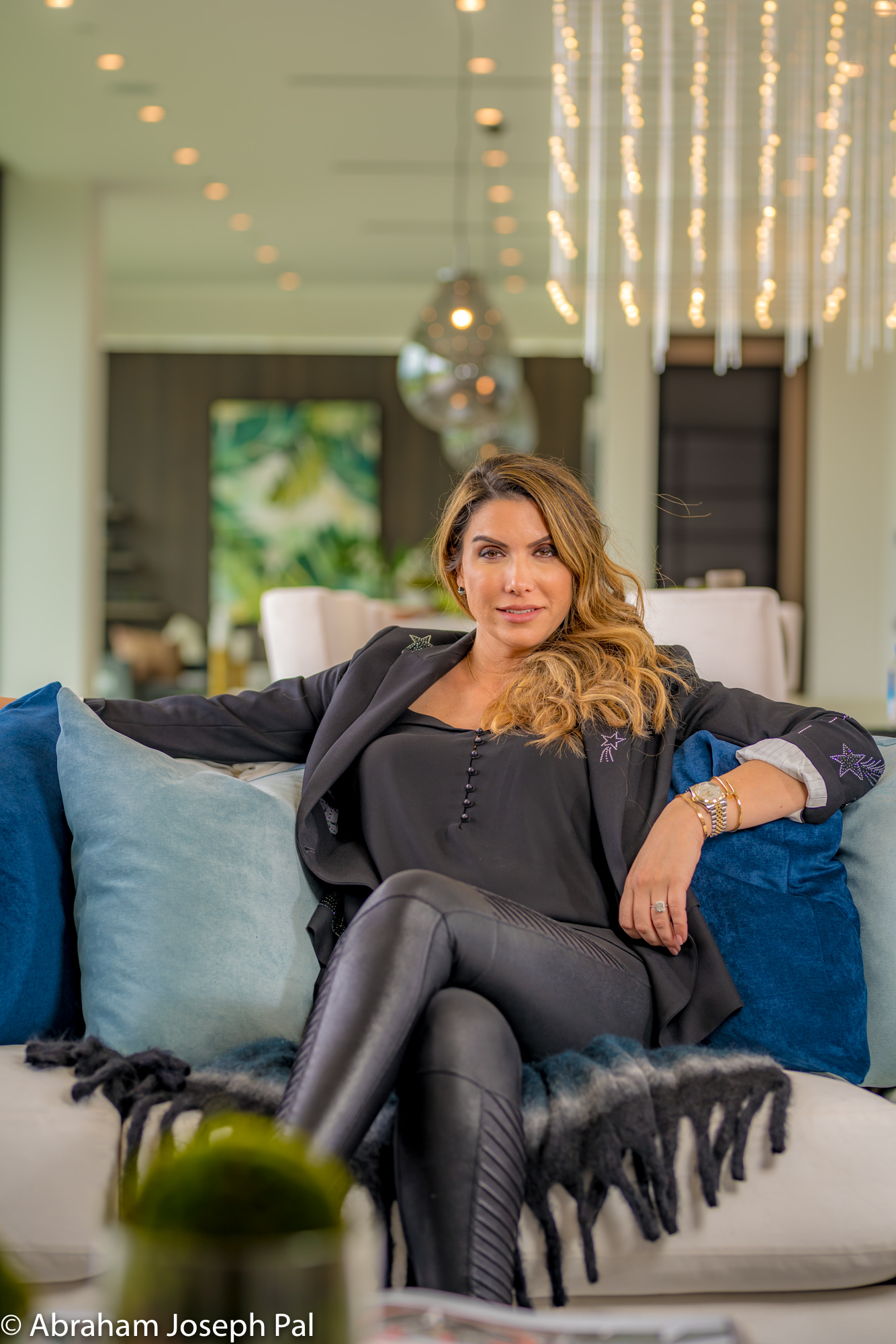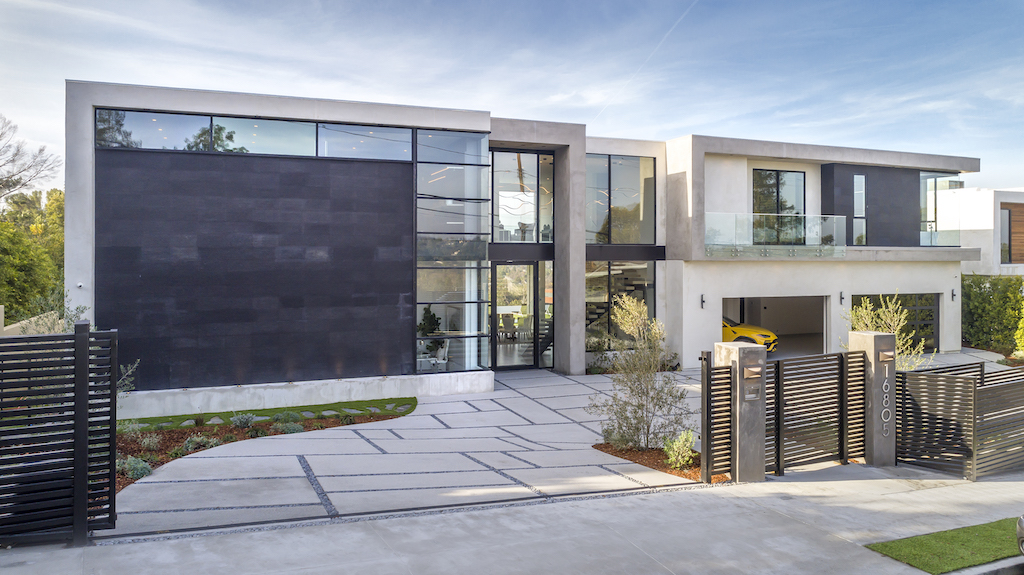 Photo Credit: Sophea Interior Designs
Photo Credit: Sophea Interior Designs
Dorothy Alon is the founder of prominent Los Angeles-based design firm, Sophea Interior Designs. Dorothy has previously explained what sets her firm apart from other firms in the industry. Sophea Interior Designs is an all-encompassing firm with a holistic approach an exceptional attention to detail. Recently, Dorothy took time from her busy schedule to discuss modern design with Haute Design. What is modern design, anyway? Dorothy provided her fascinating perspective on this and more.
Haute Design: Does modern design equate to minimal design? If not, why do you feel so many people think out does?
Dorothy Alon: To each their own. As with everything in design, each person will have their own conception of what modern entails. Minimalism originated in the midcentury as a result of the Bauhaus movement, where less became more. Through the years, I think people started to want to care for less. So fast forward to the 2000s, and particularly toward the past 15 years or so, things changed drastically as far as construction is concerned. There are more metals involved, engineering has drastically advanced, and in turn, become more complex and we are now able to create far greater expanses and openings. This leads to larger windows and doors.
Construction has plenty to do with it because now, architects are able to plan way beyond their dreams in comparison to the past, where supplies and techniques were much more limited. So due to advances in construction, the exteriors of these houses are almost completely made of metal and iron. This allows architects to create openings of 20 to 30 feet.
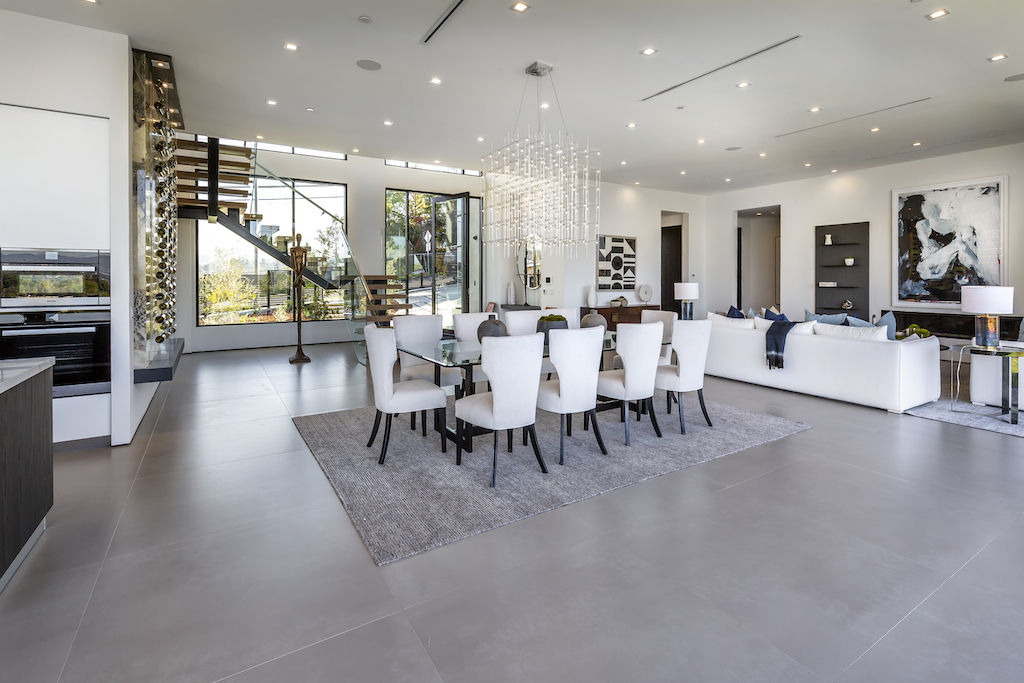 Photo Credit: Sophea Interior Designs
Photo Credit: Sophea Interior Designs
Additionally, the contribution of television and social media cannot be overlooked. Clients used to come to you with maybe two or three reference images, whereas these days, they have 30 images at the ready because they see these pictures from all around the world and they want that openness and that space.
However, with that openness and the lack of walls, comes plenty of issues. Most of the issues come in the form of storage. Because now, your home does not have walls, it has no room for shelves or places to hang your art. Back in the day, your kitchen would be hidden and with it, any mess you created would go unnoticed by any guests you may have. Now, your kitchen is open for all to see in the living room. So, it's difficult to host if you have a family because everything is exposed. So, not everything that came as a result of this modern design was necessarily positive.
Clients who come from traditional homes to modern homes run into problems all the time. If you collect art for example, no we need to start discussing how to hang your pieces from hooks and all of these elaborate systems because your new home is all window. This is not to say that there aren't solutions to these problems, but most clients do not even consider this beforehand.
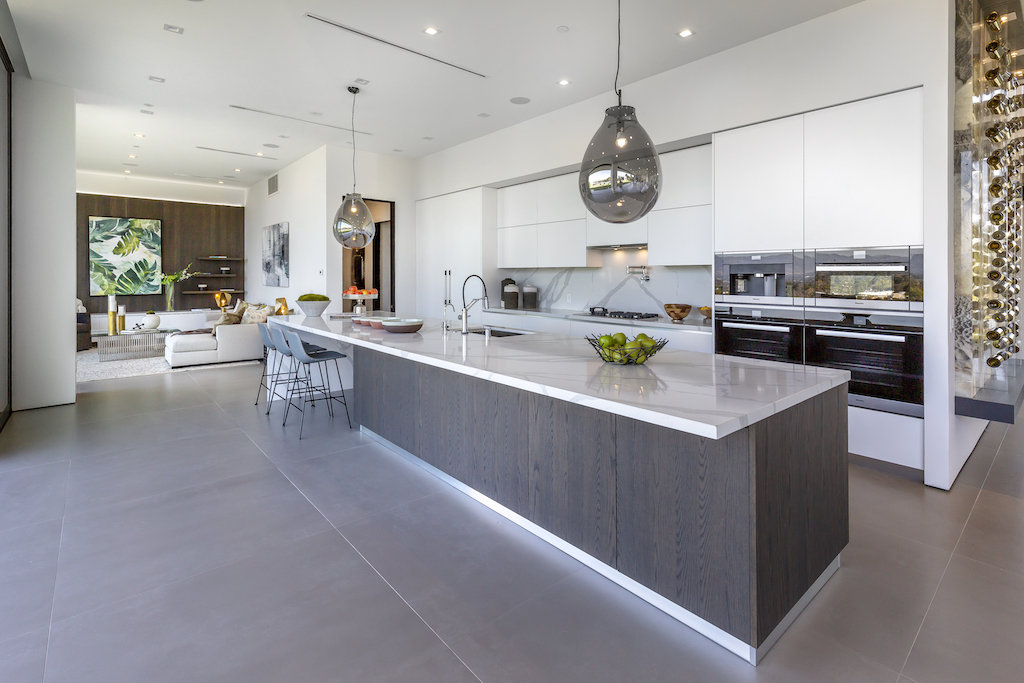 Photo Credit: Sophea Interior Designs
Photo Credit: Sophea Interior Designs
HD: Do you think the average conception of a modern homes has changed, especially after considering all of our relationships with our living spaces over the past year and a half?
DA: If anything, I think most people realized they don't need that much. People have learned to make their spaces accommodate to their lifestyles rather than the other way around. For the most part, when clients say modern, they are thinking of an open floor plan and clean lines. And yet, most clients ask for a 'warm modern.' Because a minimalist home, does not feel like 'home' to most people. So, they do not necessarily want a modern home. Because if the exterior is this shell of a minimal, Bauhaus home, but the inside has traditional furniture, with stucco, and curved and cozy furniture, it's not a cohesive idea. The inside has to communicate with the outside. It's all about feeling.
HD: Is there such a thing as a timeless home?
DA: When you say timeless, I believe you mean classic. It's something I tell my clients every time, when talking about exteriors, "Go for the classic." To me, classic is comprised of anything from the beginning of the 20th century, until the '80s or '90s. Classics will still look great 20, 30 years from now, but more importantly, they work. All of these design homes from the past century, they might be updated with new colors and textures, but their shape remains the same, because it works.
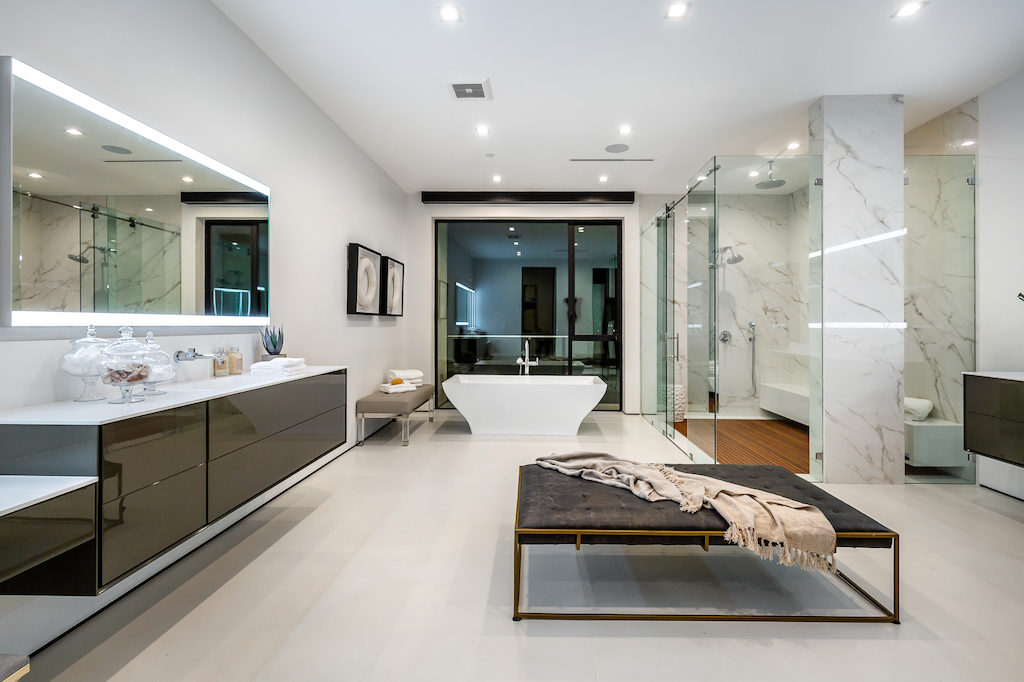 Photo Credit: Sophea Interior Designs
Photo Credit: Sophea Interior Designs


